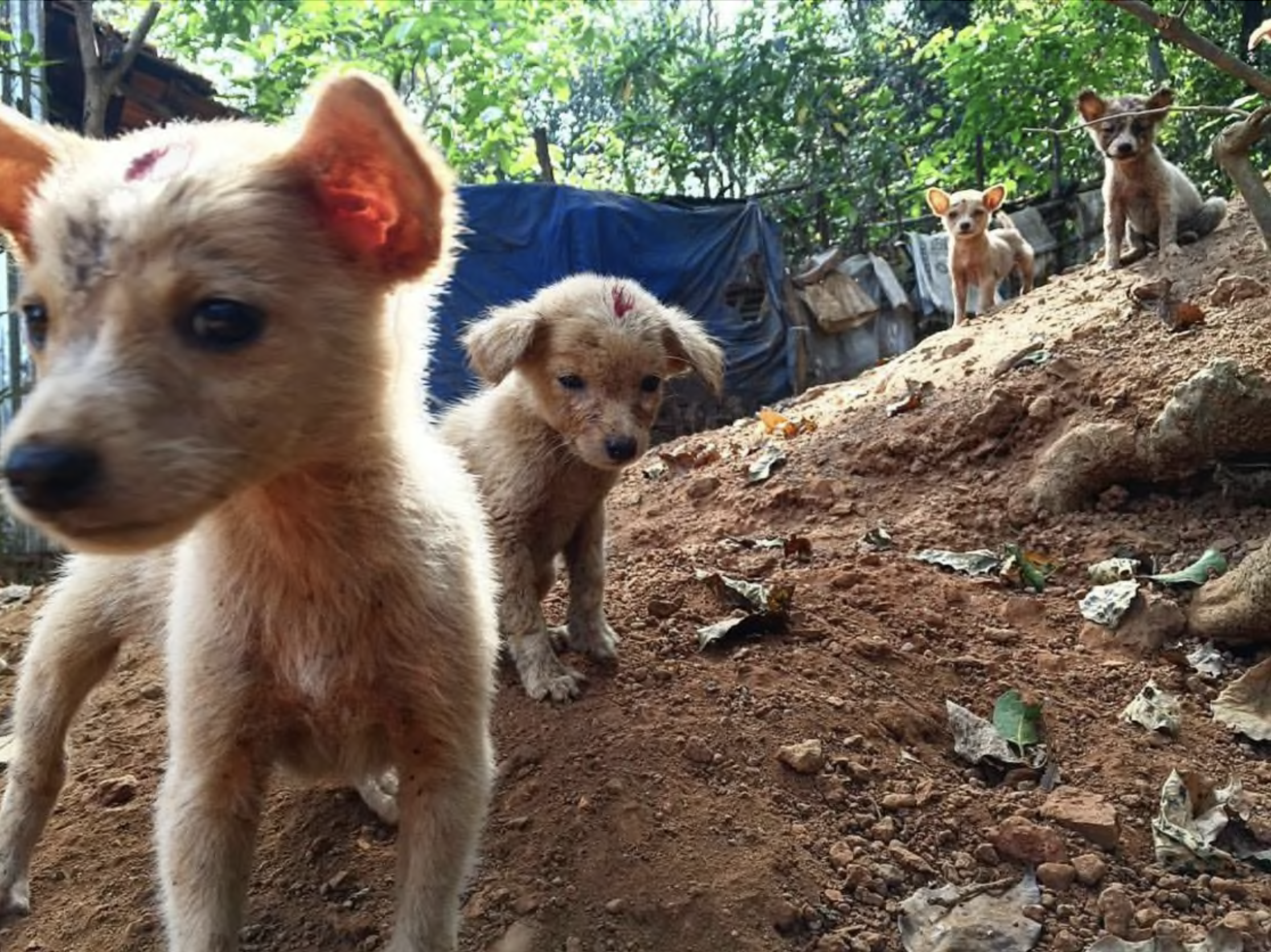Rabies and the Human-Canine Bond: A Historical Examination
Discover how rabies, an age-old deadly disease, impacted the evolution of the human-canine bond. Journey through the annals of history to understand our intimate connection with dogs and the unanticipated role of rabies in it

Imagine coming home from a long day at work, only to be greeted by your dog's wagging tail, boundless energy, and pure joy. Your best friend, it seems, has been waiting for you all day. This powerful bond between humans and dogs isn't new; it's been growing for around 30,000 years. But did you know a disease like rabies played a massive role in shaping this relationship? Let's take a deep dive into this intriguing history.
Our story starts when wolves, attracted by food scraps, began to hang around human camps around 30,000 years ago. Over time, people started to take these wolves in, offering them shelter and protection. In return, the wolves helped with hunting. As these relationships blossomed and domesticated wolves bred, they gradually evolved into the dogs we know and love today.
Archaeological evidence gives us fascinating insights into this ancient bond. In Predmosti, Czech Republic, a 32,000-year-old burial site revealed a dog carefully buried with a mammoth bone in its mouth. And in Ober-Kassel, Germany, a disabled dog was found buried with a man and woman about 14,300 years ago. These aren't just signs of practical pet ownership; they're clear signs of a deep, emotional connection.
From the 12,450-year-old mummified Black dog of Tumat in Russia to a poignant burial in Ain Mallaha Natufian settlement in Israel, where a human hand rested on a puppy, it's evident that dogs held a significant role in ancient societies. Around 6,000 years ago, civilizations even began deifying dogs, reflecting their roles as guides and protectors.
But then, rabies came along. This disease instilled fear in communities for nearly 4,000 years as it was soon understood that a bite from a rabid animal meant a certain death. In response, strict laws and harsh punishments were introduced to prevent rabies spread through dogs, like the laws in the ancient city of Eshnunna.
The fear of rabies created a complex relationship with dogs. While they were adored companions, dogs were also feared as carriers of a deadly disease. Despite efforts like thorough wound cleansing to faith-based cures, nothing seemed to work, intensifying the fear.
Fast-forward to today, rabies is now preventable thanks to vaccines. The World Health Organization (WHO) reports that the disease is still present in over 150 countries, but progress has been made. For instance, in Latin America, reported cases of rabies have dwindled to about 20 per year. As WHO points out, dogs are responsible for up to 99% of all human rabies transmissions, making dog vaccination a crucial step in battling this disease.
So, in the end, the tale of the human-dog bond is one of love, evolution, and resilience. The bond that was once threatened by rabies is now being fortified with the help of vaccines, ensuring our furry friends can safely be a part of our families. Vaccinating our dogs isn't just about protecting them; it's about reaffirming this ancient connection and welcoming them back into our lives, worry-free.


